The Biggest City in the World Built on Continuous Permafrost
Next time you're cold, spare a thought for the people who live in these places, where the summers are short, the winds biting, and life no walk in the park.
More than 60 percent of Russia is located on permafrost, mainly in Siberia and the Far East. Only a small part of the population lives on the frozen surface, but the area holds a large portion of the country's natural resources: Oil, gas, gold, and diamonds. As a result, cities have sprung up in the empty tundra in the harsh cold and biting wind. Many of the buildings are built on piles so that the heat emanating from them doesn't melt the permafrost.
1. Yakutsk (8,300 km east of Moscow)
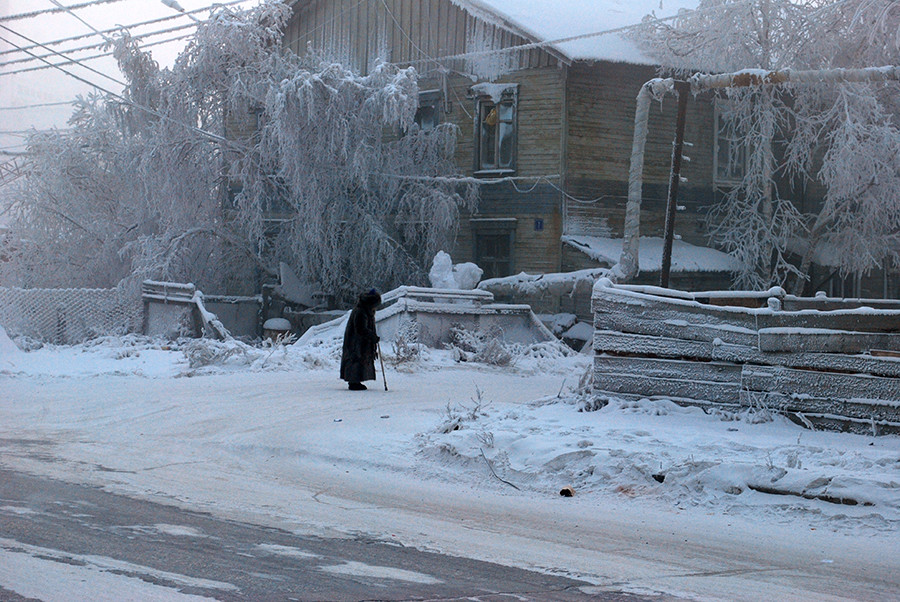
A woman walks along a street in a frosty January 2013.
Bolot Botchkarev/Sputnik
Yakutsk is the largest city in the world built on permafrost and one of the coldest cities. The average temperature in January is - 40 °C, but it is often colder. Summer is also hot, but it doesn't last long.
The first settlement was founded by Cossacks in the mid-17th century. Today, about 300,000 people live here, mostly indigenous Yakuts and Russians. There are many lakes and almost no industrial enterprises. The largest university in the region is also located here, so too the northernmost circus and the world's first sports complex built on piles
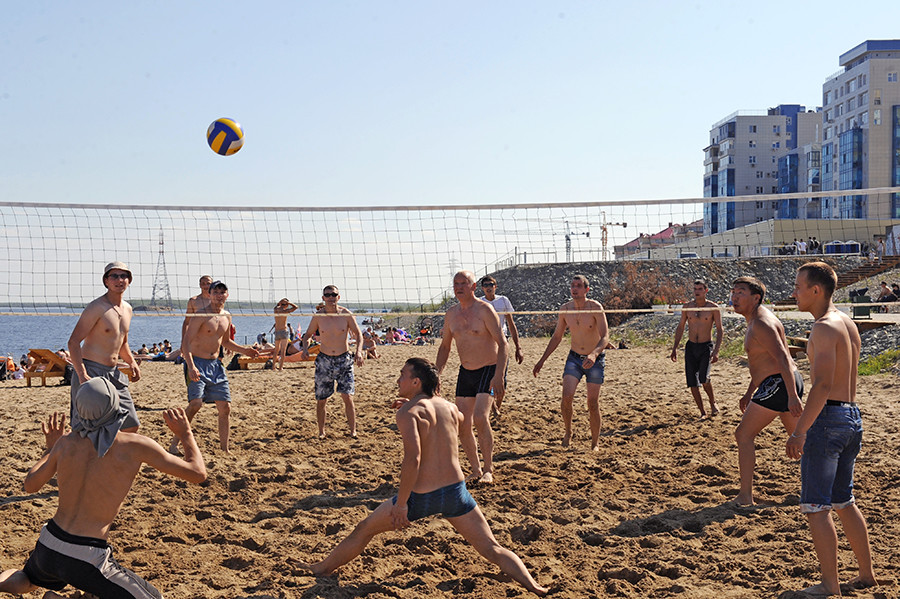
A city beach in Yakutsk. July 2016.
Andrej Shapran/Sputnik
2. Norilsk (2,900 km east of Moscow)
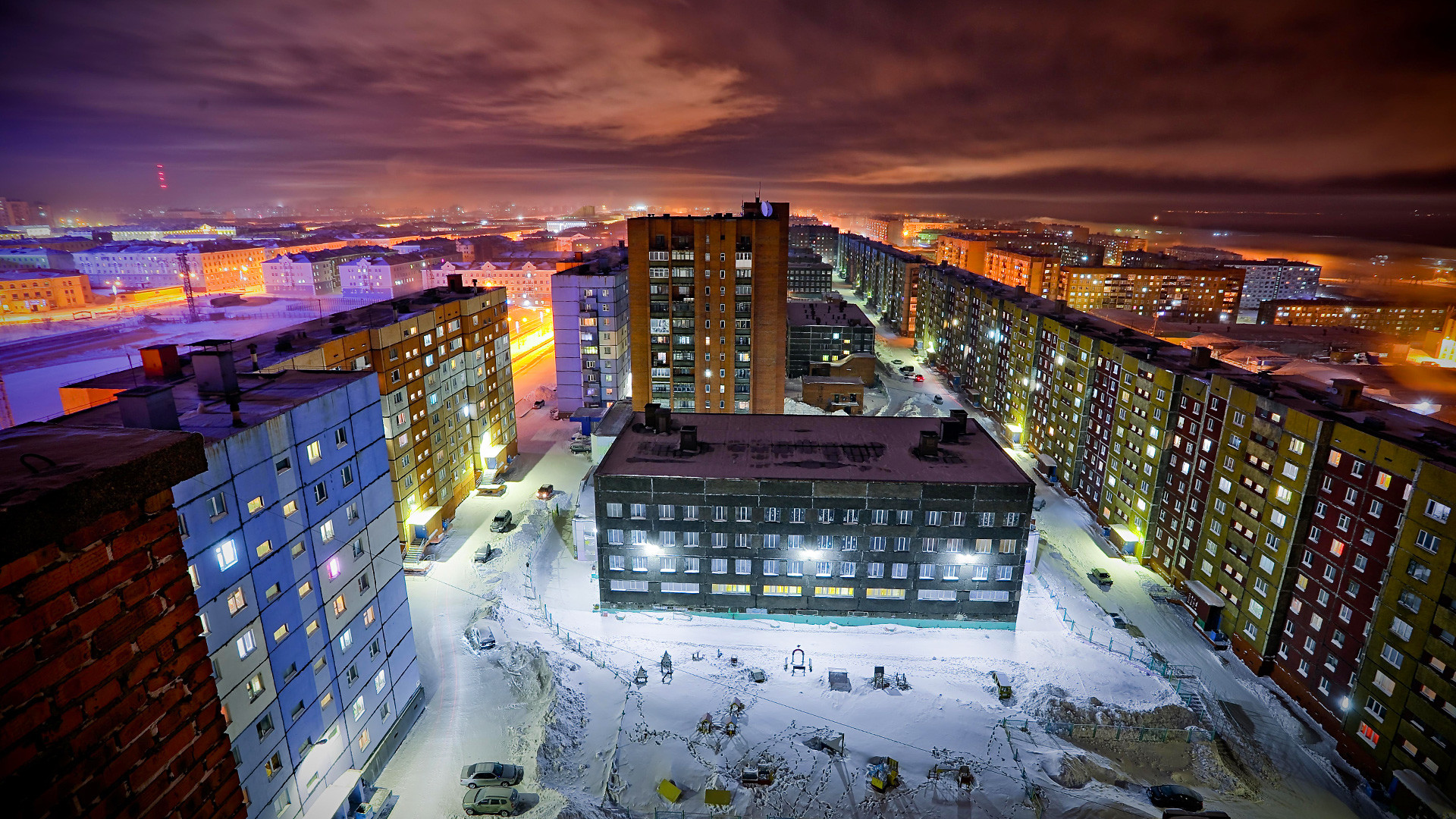
Residential buildings, Norilsk. The temperature has fallen to minus 42 degrees Celsius.
Maria Nikitich/Sputnik
This "oasis in the center of a snowy desert" (as a local newspaper described the place back in the 1930s) was built by prisoners of the Norilsk Corrective Labor Camp (part of the Gulag) so they could "earn the forgiveness of the Soviet people." It is very cold here (in November the temperature drops to around -30°C), very windy (the Taimyr Peninsula is called the "cemetery of Atlantic winds"), and there are very few sunny days (in winter the polar night arrives). Even in summer, you can see ice blocks in the yards of apartments buildings
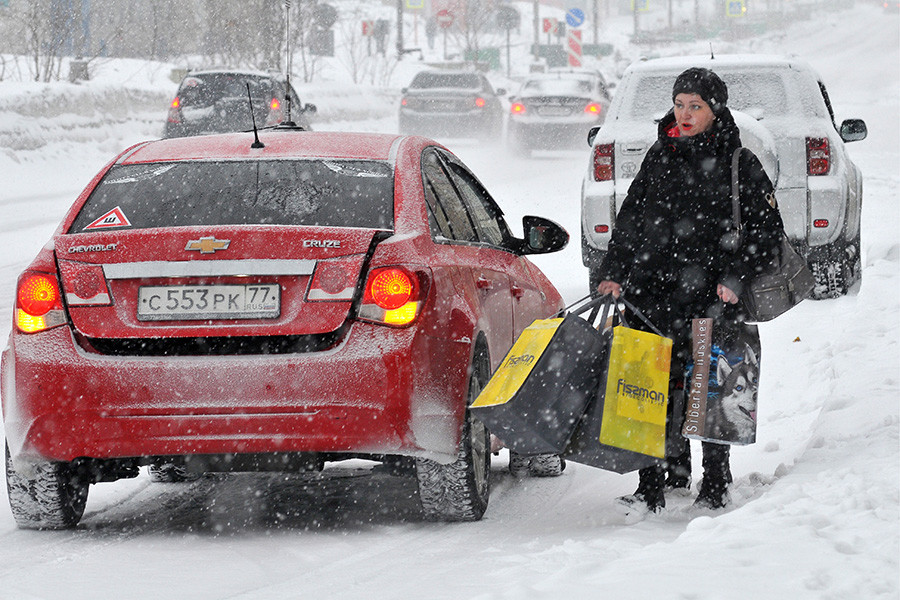
Norilsk hit by snowfall in May 2018.
Denis Kozhevnikov/TASS
3. Magadan (10,300 km east of Moscow)
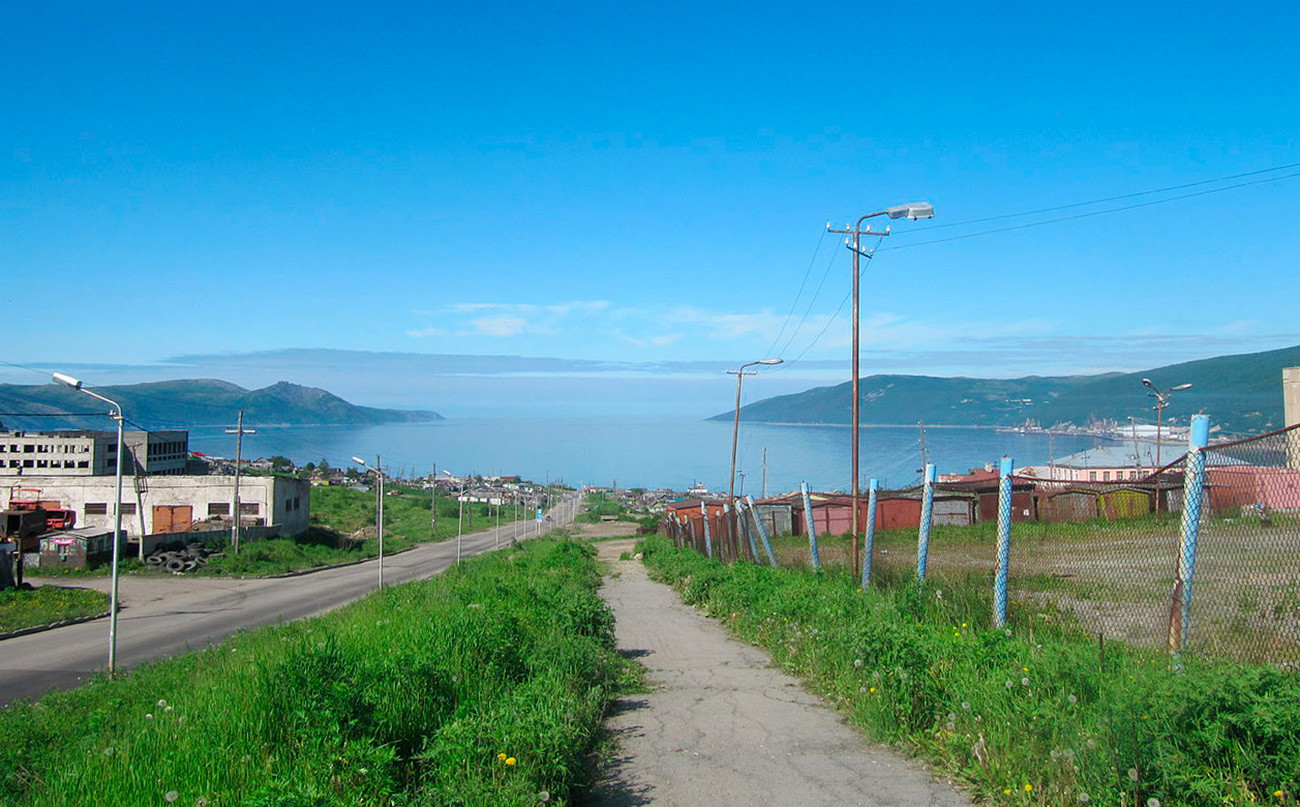
Summer in Magadan.
Laika ac/Wikipedia
In the early Soviet Union, large deposits of gold were discovered on the Kolyma Peninsula. The city of Magadan was soon founded, where until the 1950s prisoners were forced to mine gold. They are remembered in a huge monument called "Mask of Sorrow." Today locals mostly work in the gold mining and fishing industries
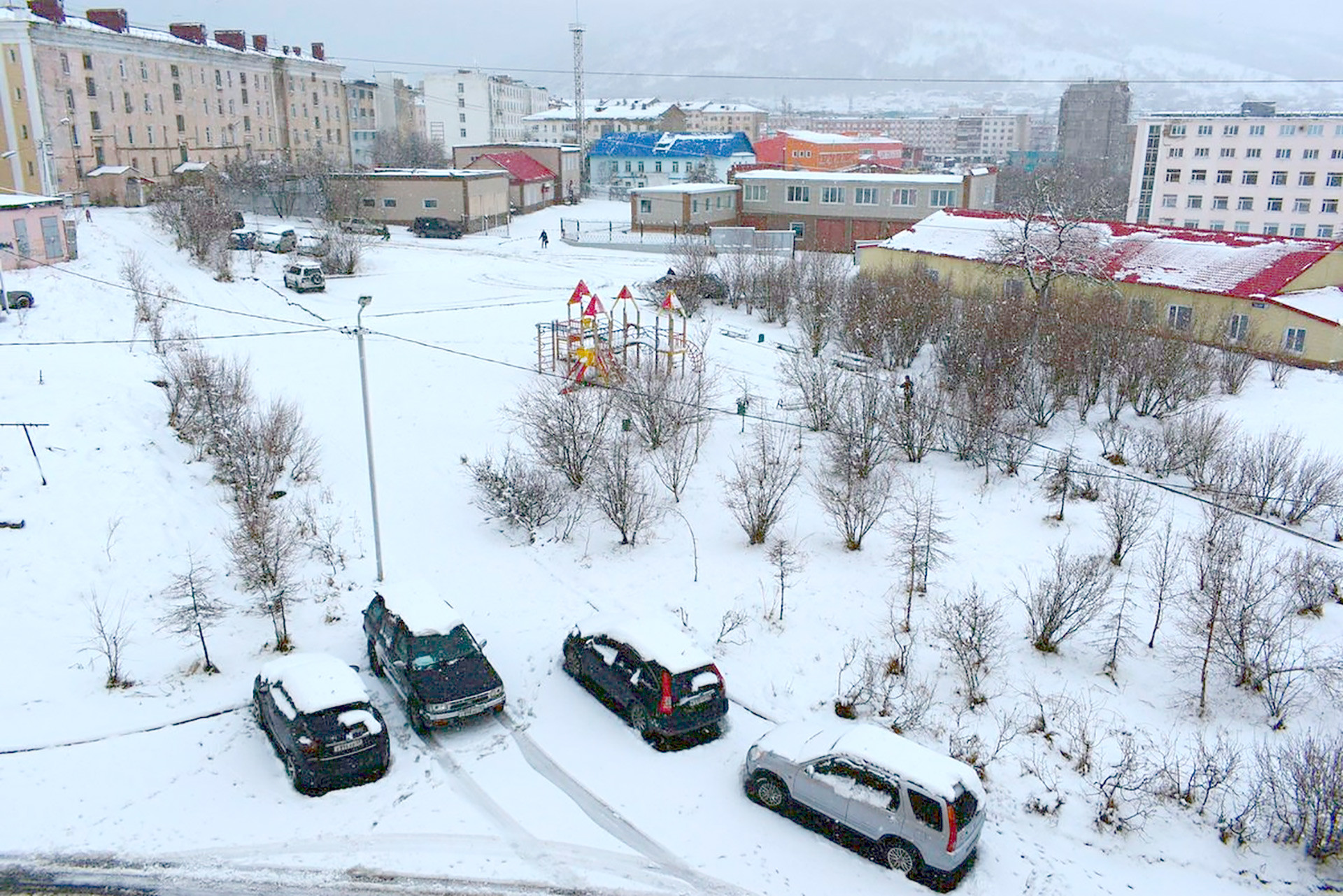
Winter in Magadan.
Global Look Press
4. Vorkuta (1,900 km north-east of Moscow)
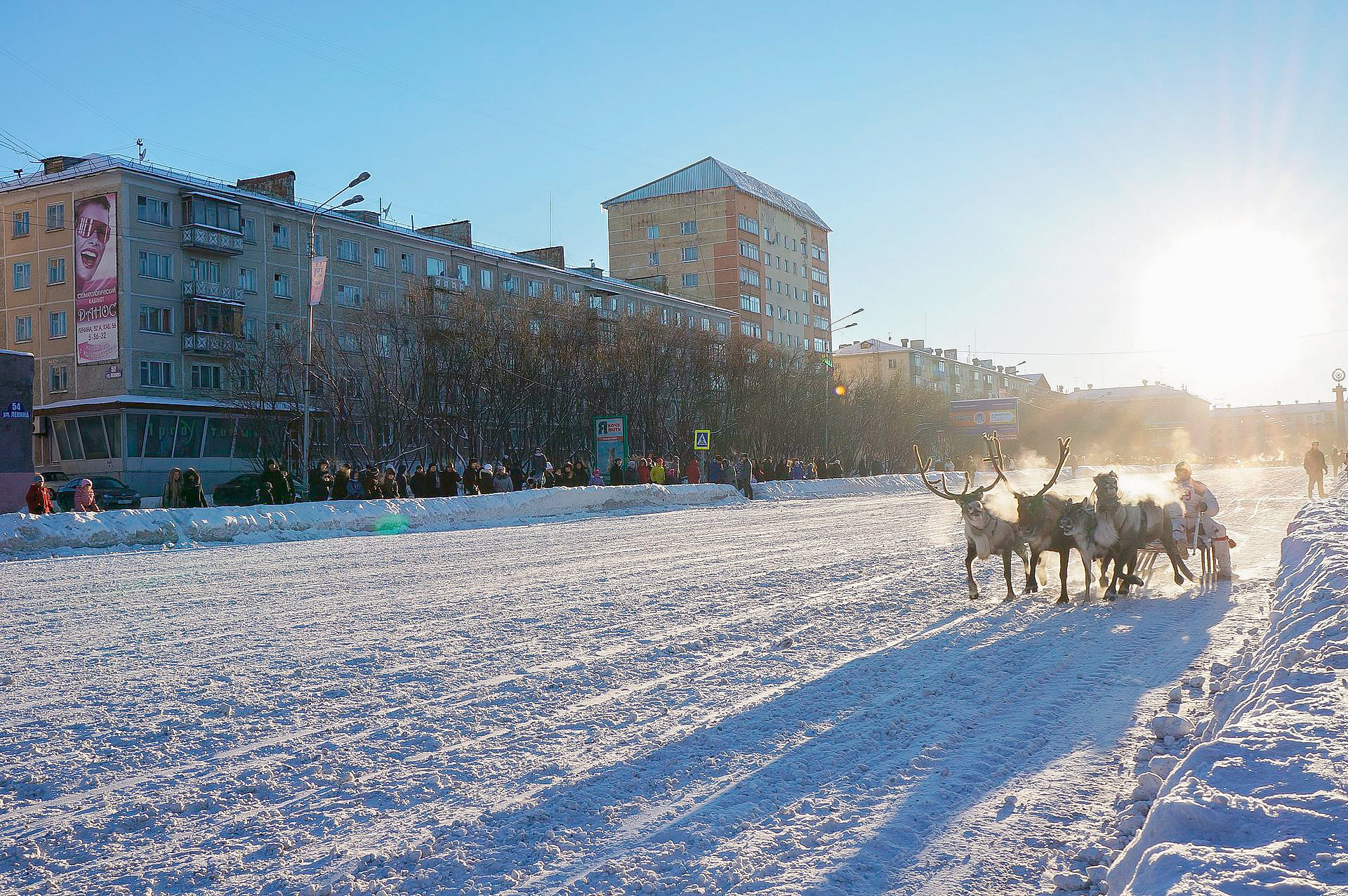
Winter in Vorkuta.
f-Lars/Wikipedia
Vorkuta is a very compact city: One step to the left, one step to the right – and you'll face with the endless tundra punctuated with the remains of abandoned industrial zones. Outside of the 70,000-strong city, there are no mobile connection or gas stations, so locals rarely leave the city unprepared. In January, daylight only lasts an hour and a half. It may snow in summer, too
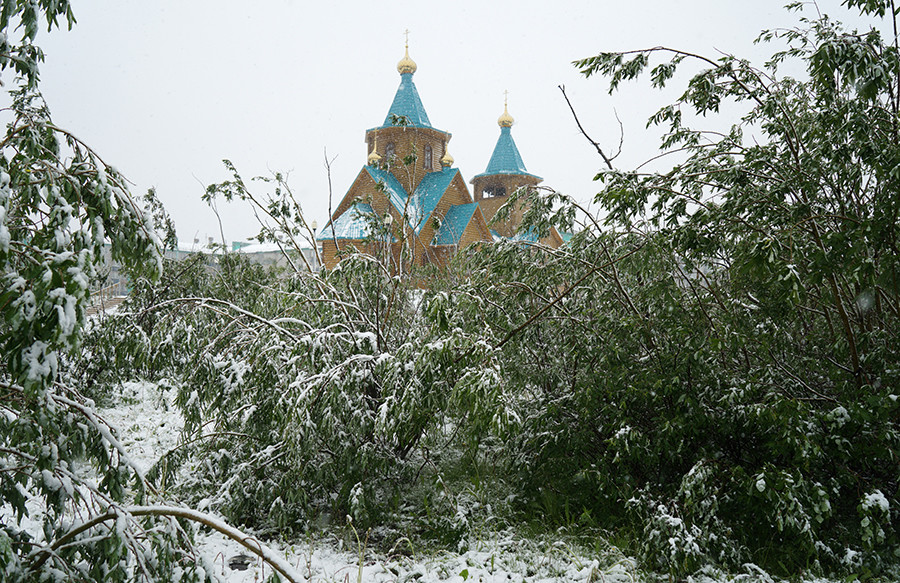
Streets in Vorkuta covered with snow as a result of the cold front. July 2015.
Sputnik
5. Igarka (2,800 km north-east of Moscow)
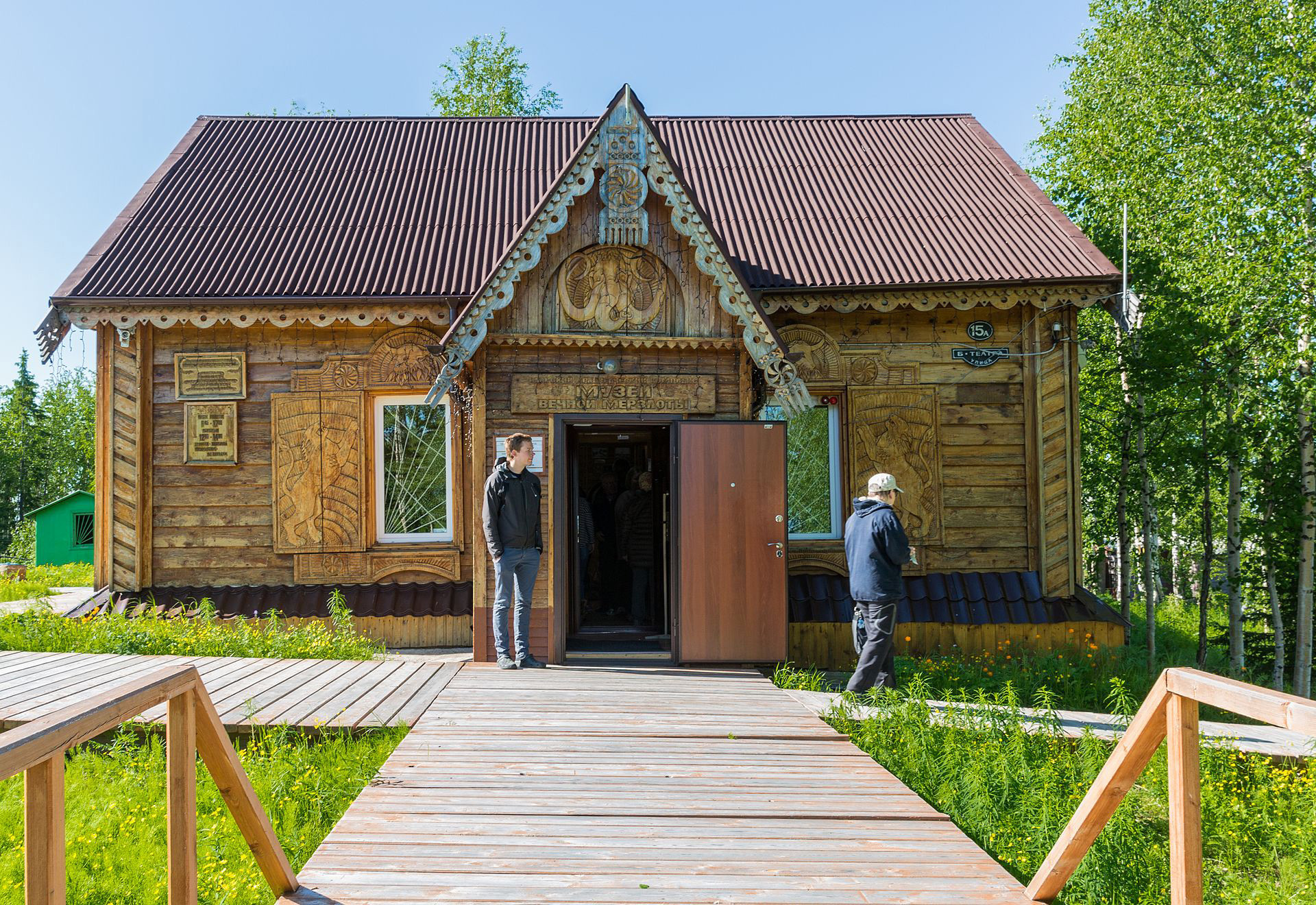
Summer in Igarka.
Ninara//Wikipedia/Sputnik
Beyond the Arctic Circle is the unique Museum of Permafrost. You'll find it in the same place as the Igarka Station, where scientists have been studying permafrost since the 1930s. Some halls of the museum are located 14 meters below the surface. The temperature is always below zero so visitors can witness the eternal ice
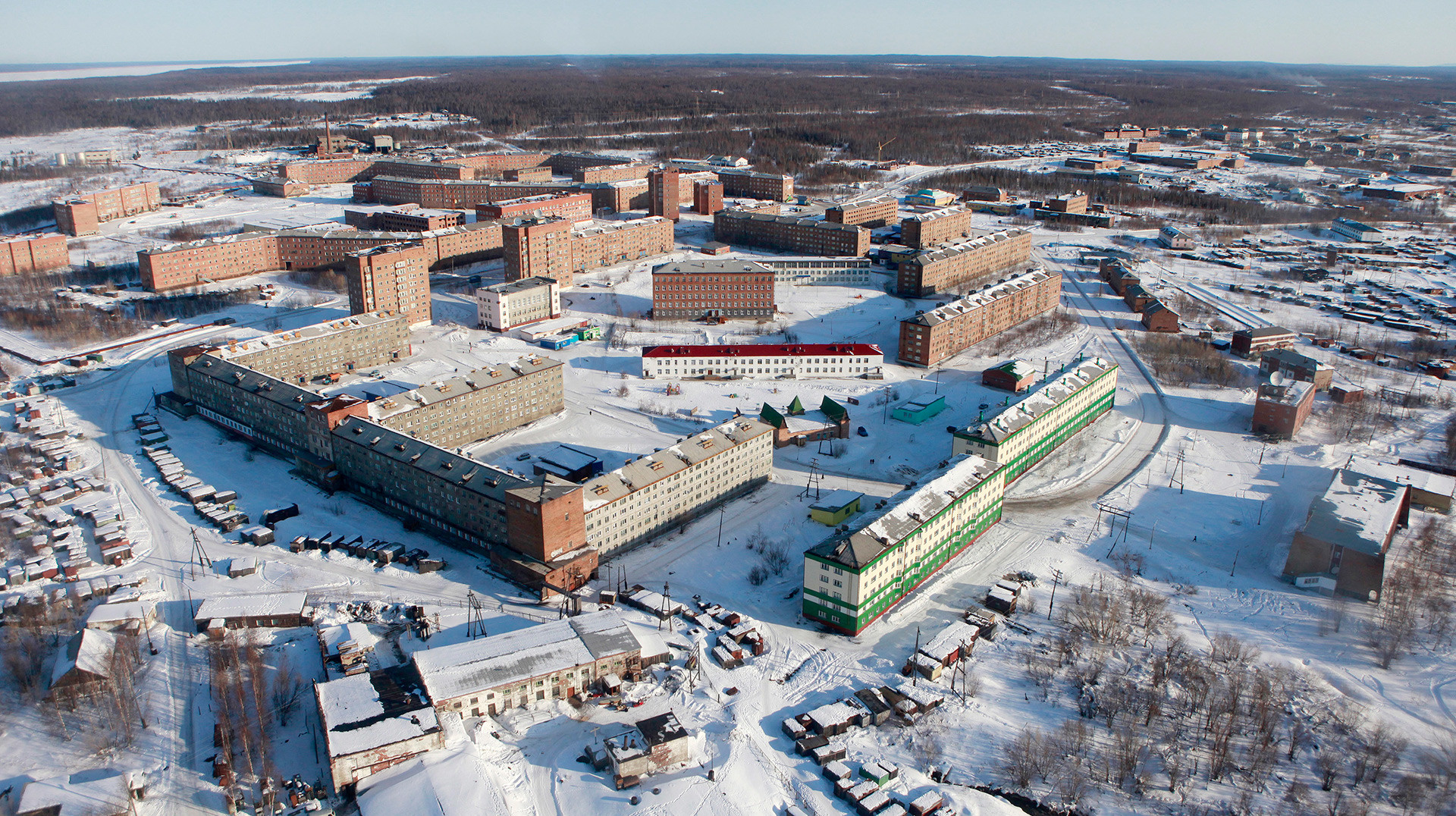
Winter in Igarka.
Reuters
6. Anadyr (6,200 km east of Moscow)
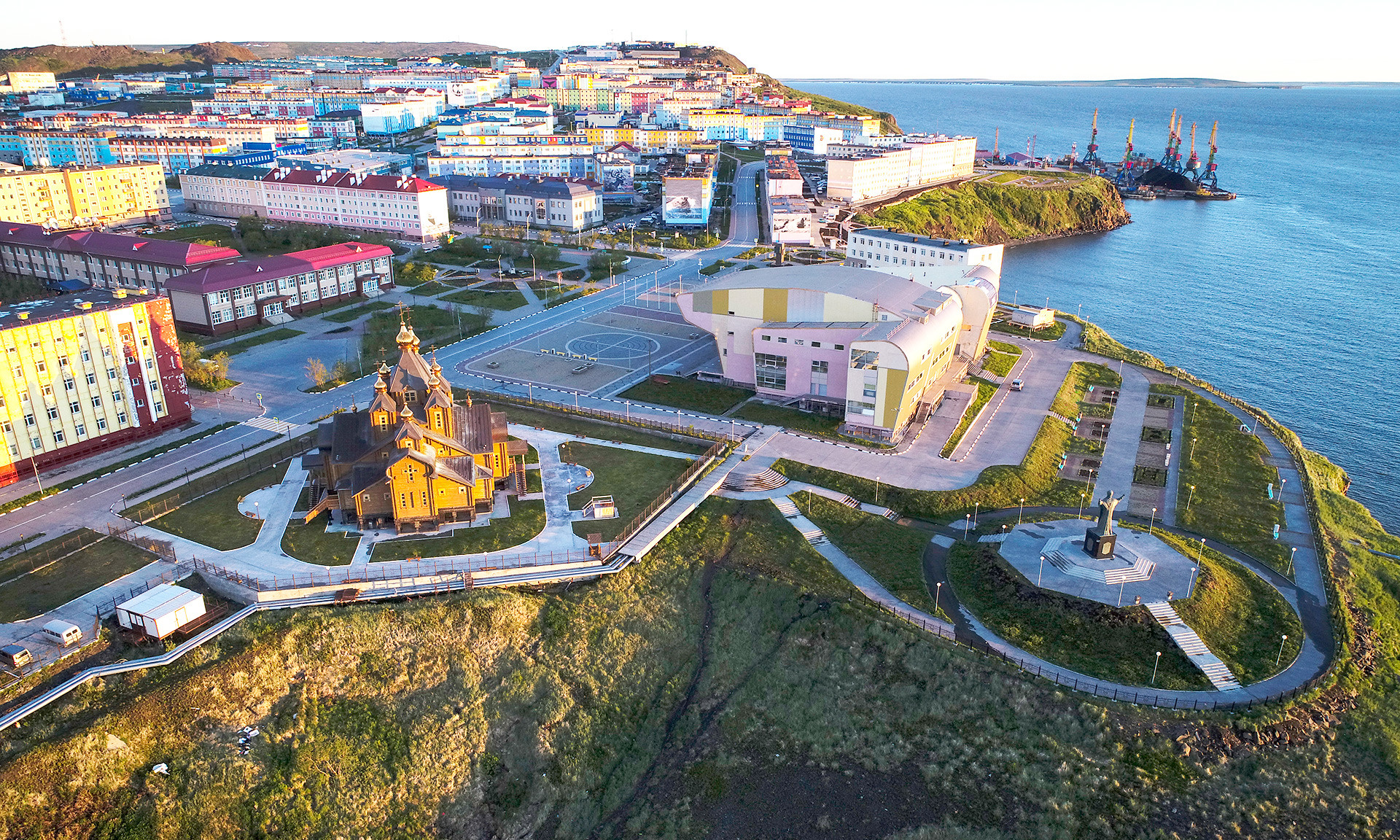
A view of Anadyr. July 2018.
Yuri Smityuk
The easternmost and brightest Russian city: All the buildings here are painted in vibrant colors. There are almost no trees here, except dwarf varieties that green for several weeks a year. By the way, you won't find asphalt here: Roads are made of concrete so they last longer. Nevertheless, due to the unstable soil they still deteriorate
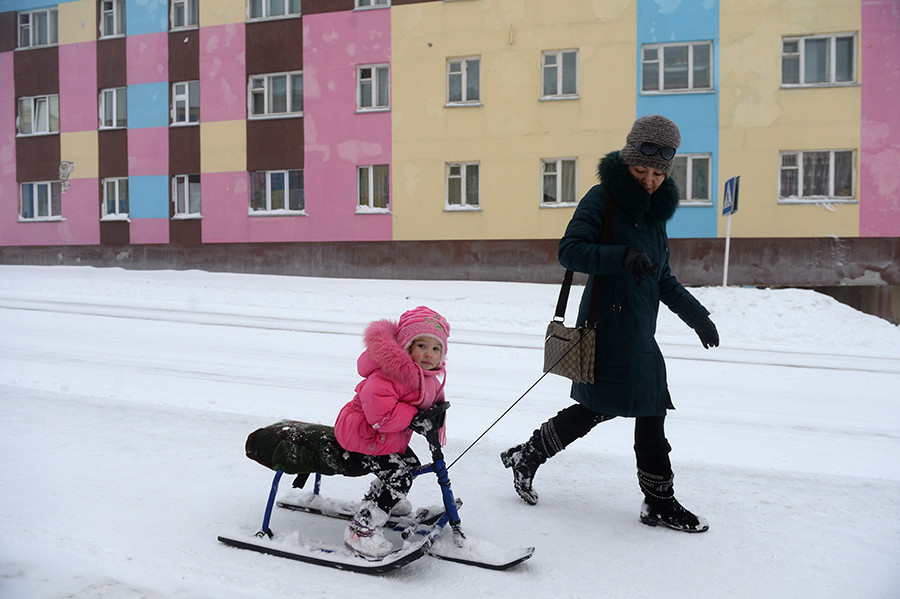
A woman with a child on a street in Anadyr. November 2013.
Konstantin Chalabov/Sputnik
7. Novy Urengoy (3,600 km north-east of Moscow)
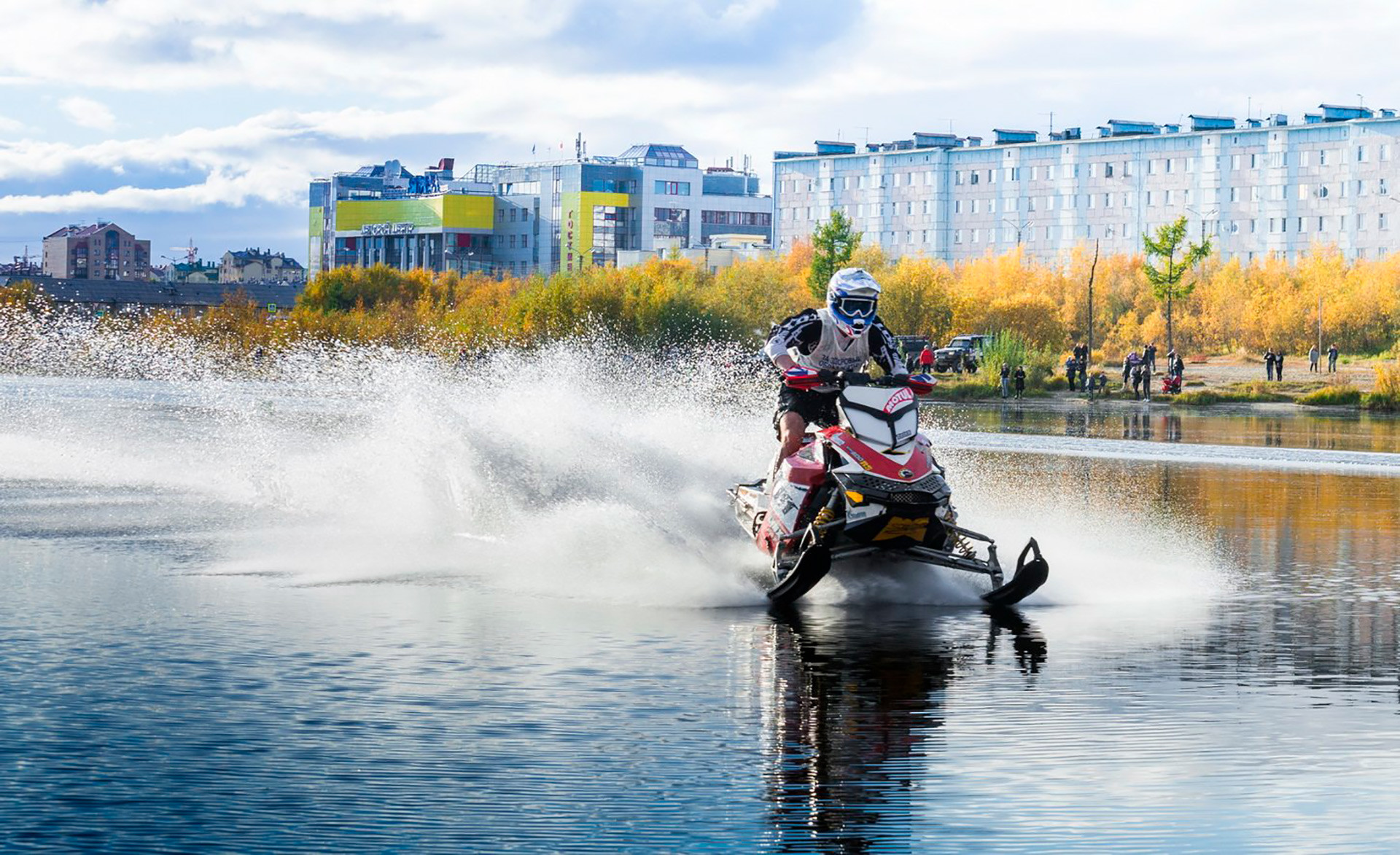
The largest city of Yamal (more than 100,000 people) and the oil and gas capital of Russia. The peninsula fields keep about 85 percent of the country's gas. The city is surrounded by tundra and swamps. Inside the main cultural center of Novy Urengoy, there is the winter garden, because outside there are few green areas. You'll only find bright colors on the facades of buildings, most of which are typical Soviet residential areas. There are railways but they only connect the city with Tyumen
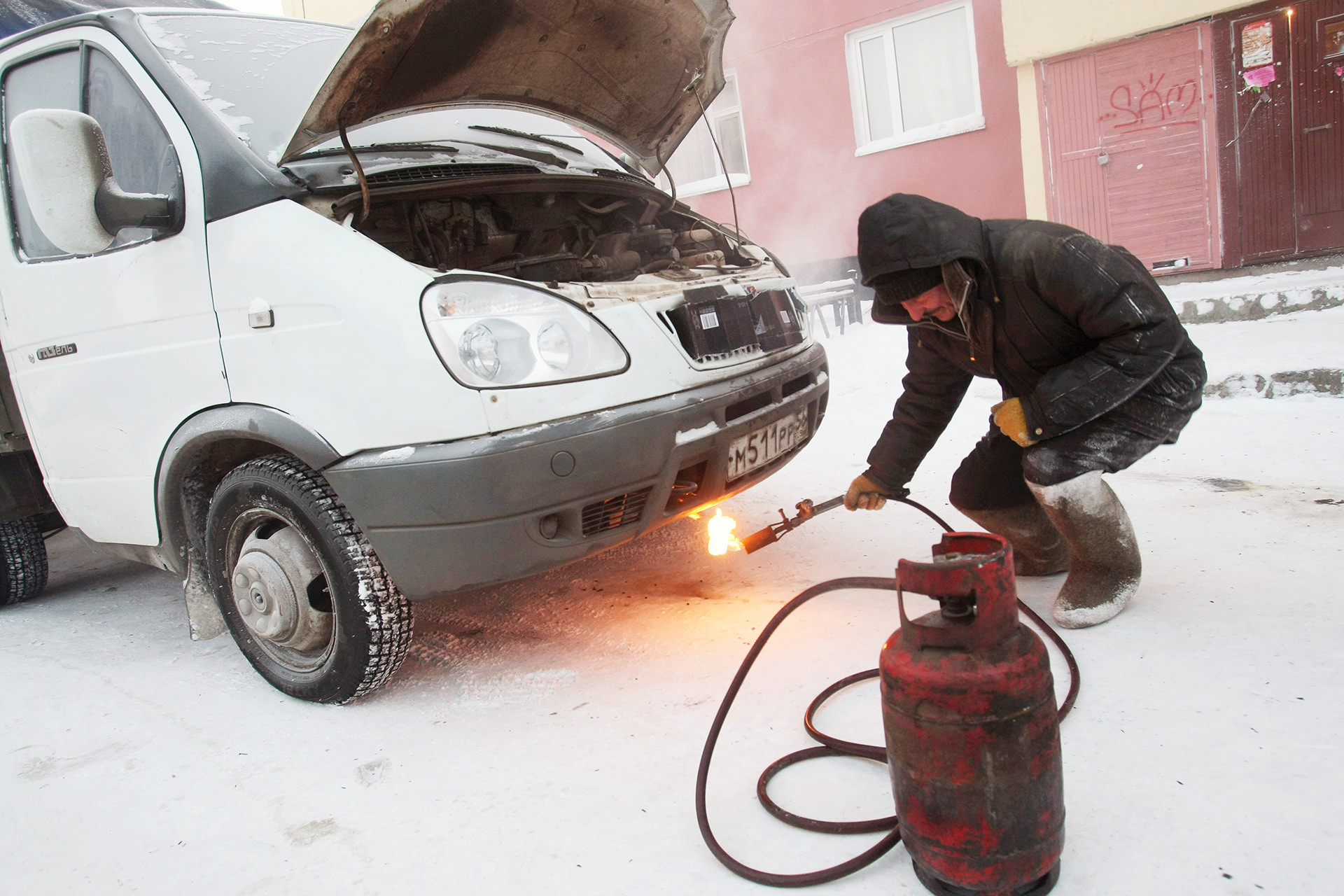
Minus 30 degrees centigrade in Novy Urengoi. December 2007.
Iliya Pitalev/Sputnik
If using any of Russia Beyond's content, partly or in full, always provide an active hyperlink to the original material.
Get the week's best stories straight to your inbox
Source: https://www.rbth.com/travel/329062-russian-cities-permafrost
0 Response to "The Biggest City in the World Built on Continuous Permafrost"
Post a Comment